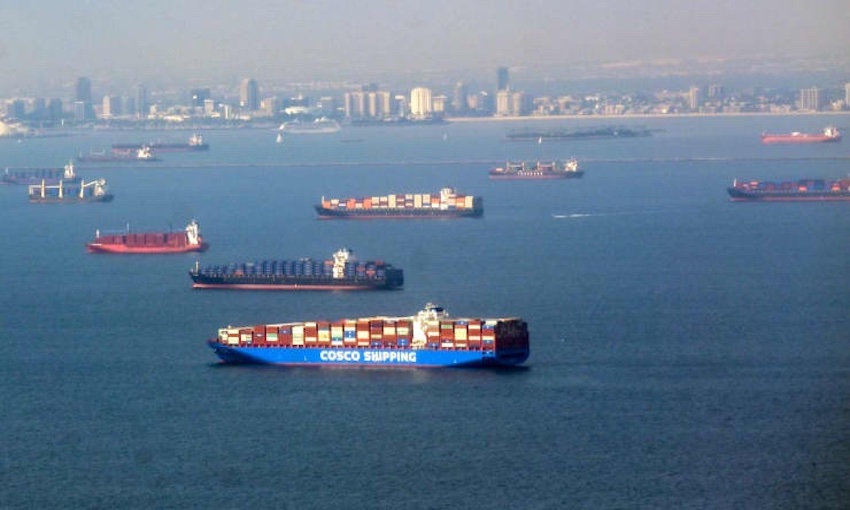THE MARITIME and Port Authority of Singapore has partnered with two US ports to develop a strategy for a green and digital shipping corridor across the Pacific Ocean.
MPA unveiled its partnership strategy with the ports of Los Angeles and Long Beach at COP 28.
It builds off a memorandum of understanding between the three parties signed at Singapore Maritime Week in April this year.
The green and digital shipping corridor strategy outlines steps to help organisations reach net-zero GHG emissions by the earliest feasible date.
MPA and the two ports aim to work together to co-ordinate decarbonisation efforts, build a consensus on green shipping best practices, improve access to adoption of technology and leverage networks.
As next steps, the ports and the climate leadership group C40 have commissioned a study to analyse trade flows and vessel traffic between Singapore, Los Angeles and Long Beach.
The study will estimate the quantity of near-zero and zero-emission fuels required for this traffic, and guide implementation by identifying opportunities for collaboration to advance the development of the GDSC.
MPA chief executive Teo Eng Dih said the port was excited to see the partnership grow with the Green and Digital Shipping Corridor Partnership Strategy.
“We have embarked on evaluating the various digital solutions and zero and near-zero fuels options that could be trialled along the route between Singapore and the San Pedro Bay Port Complex,” he said.
“We look forward to the support of all the corridor stakeholders over the coming months to conduct trials and potentially scale them for wider adoption.”
Port of Los Angeles executive director Gene Seroka said the partnership strategy document was the foundation for the future of maritime shipping.
“Our success requires the resolve and dedication of the three partnering ports as well as our industry partners.
“Together, we will model the collaboration necessary to achieve our climate and efficiency goals.”
And Port of Long Beach CEO Mario Cordero said collaboration between maritime industry partners was the key to making meaningful progress in reducing emissions and cleaning the air.
“This trans-Pacific green shipping corridor takes this concept global.
“The strategies we develop here can be used as a roadmap by a larger network of seaports and supply chain companies to invest in programs, technologies, software and infrastructure to decarbonise international trade everywhere.”





